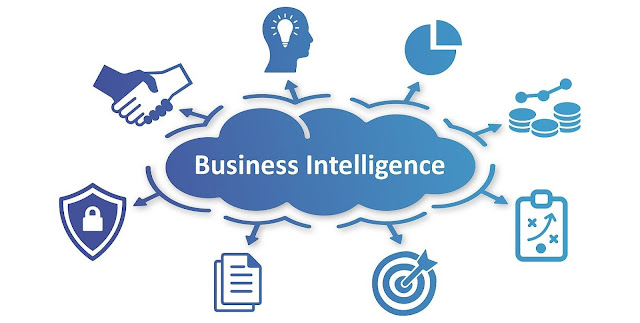Business Intelligence: A Vital Link in ERP Strategy

While defining ERP strategy, many organizations neglect one of the highest value-added aspects of their enterprise systems: business intelligence. For the last few decades, companies have been heavily investing in new ERP systems. However, throughout those investments, business intelligence has been overlooked. Business intelligence is a pretty vague term when absent of context, so it’s understandable why some executives gloss over this important aspect of ERP systems. Here are a few things to consider when incorporating business intelligence into your ERP strategy: Business intelligence, reporting, analytics and dashboards can help deliver a majority of ERP system benefits. Many executives focus on reducing costs with their ERP initiatives. Increased efficiencies reduced IT maintenance costs and streamlined business processes are often the primary reasons for implementing new ERP systems . But most organizations have spent years–or decades–wringing inefficienc...






